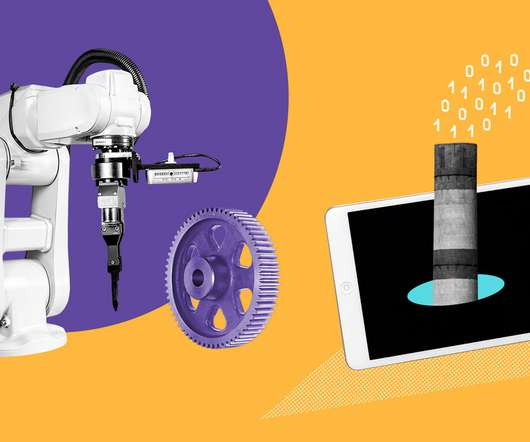How to Use Big Data For Improving Driver Safety
Acuvate
DECEMBER 27, 2019
The WHO has undertaken a mighty initiative to halve the number of deaths and injuries from road traffic crashes by 2020. This goal seems achievable with massive advancements in automotive technology and big data. Big data and Telematics synergistically play an important role in creating a safe driving environment.



















Let's personalize your content